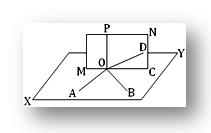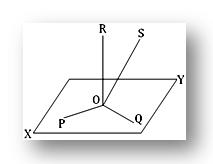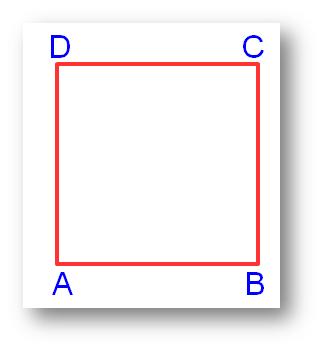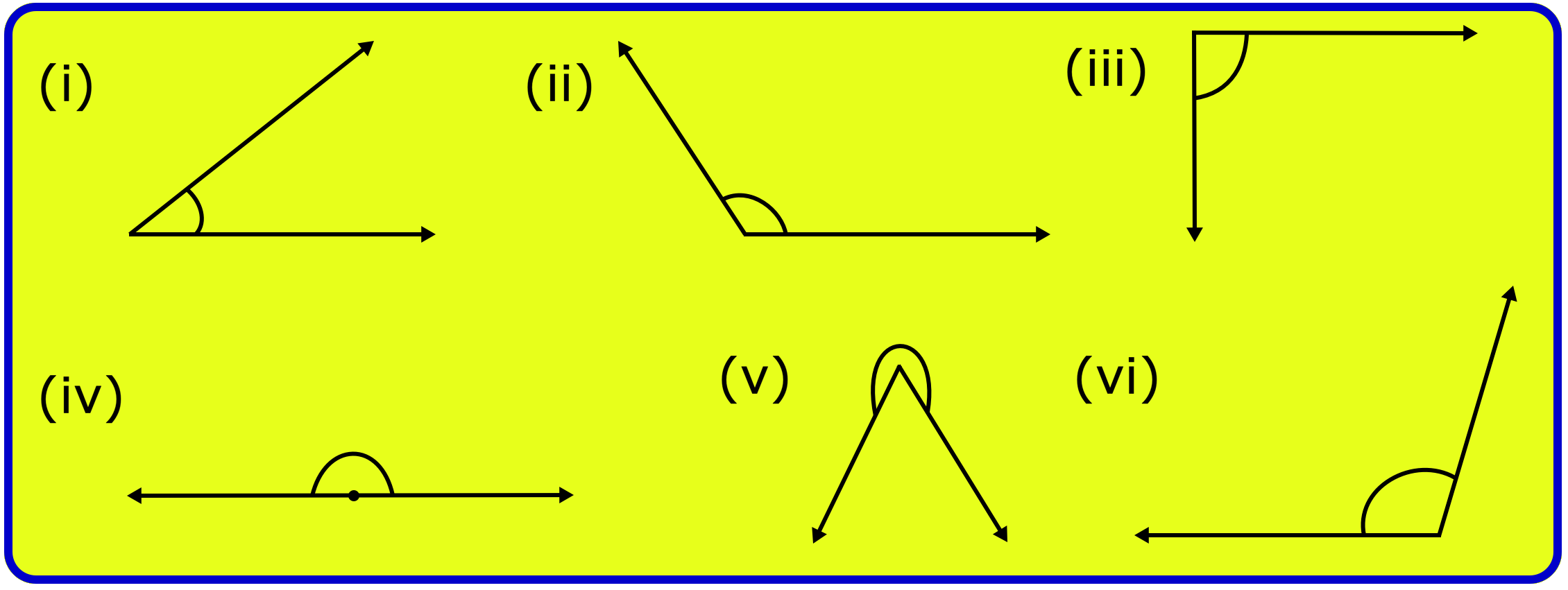Subscribe to our YouTube channel for the latest videos, updates, and tips.
Home | About Us | Contact Us | Privacy | Math Blog
Theorem on Co-planar
Theorem on co-planar are discussed here in detailed explanation with the help of some specific examples.
Theorem: All straight lines drawn perpendicular to a straight line at a given point on it are co-planar.
Let OP be the given straight line and each of the straight lines OA, OB and OC be perpendicular to OP at O.
We are to prove that the straight lines OA, OB, and OC are co-planar.
Construction: We know that one and only one plane can be drawn through two intersecting straight lines. Let XY be the plane through the intersecting straight lines OA and OB and MN be the plane through the intersecting straight lines OC and OP. let us assume that these two planes intersect in the straight line OD.
Proof: Since OP is perpendicular to both OA and OB at their point of intersection O, hence OP is perpendicular to the plane XY. Now, OD is the line of intersection of the planes XY and MN; hence, OD lies in the plane XY and it meets OP at O. therefore, OP is perpendicular to OD. Again, OP is perpendicular to OC (given proposition). Thus, we see that straight lines OP, OC and OD all lie in one plane (i.e., in the plane MN) and each of OC and OD is perpendicular to OP at the same point O. evidently, this is impossible unless OC and OD coincide. Therefore, OC lies in the XY plane (since, OC and OD represent the same line and OD lies in the XY plane).
Therefore, The straight line OA, OB and OC all lie in the XY plane i.e., they are co-planar.
Similarly, it can be shown that any straight line drawn perpendicular to OP at O lie in the XY plane.
Therefore, all straight lines drawn perpendicular to OP at Q are co-planar.
Examples:
1. Can there be more than three straight lines perpendicular to each other at a point in three dimensional space? Justify your answer.
If possible, let four straight lines OP, OQ, OR and OS be perpendicular to each other at the point O in three dimensional spaces. Let XY be the plane trough the intersecting straight lines OP and OQ. Since OR is perpendicular to both OP and OQ at their point of intersection O, hence OR is perpendicular to the XY plane at O. Again, OS is also perpendicular to each of OP and OQ at the point O. Hence, OS is also perpendicular to the XY plane at O.
Thus, we see that each of OR and OS is perpendicular to the XY plane at the same point O. Evidently, this is impossible unless OR and OS coincide. Therefore, it is impossible to have more than three straight lines perpendicular to each other at a point in three dimensional spaces.
2. Prove that a point can be found in a plane equidistant from three given point outside the plane. State the exceptional case, if any.
Let g be the given plane and P, Q and R are three given points outside this plane.
Further assume that g₁is the plane bisecting the line-segment PQ at right angles. Then every point in the plane g₁is equidistant from P and Q. Similarly, if g₂ be the plane bisecting the line-segment QR at right angles then every point in the plane g₂ is equidistant from Q and R. Now assume that the plane g₁ and g₂ intersect in the line l.
Then every point on the line l is equidistant from the point P, Q and R. If the line l intersects the plane g at M then the point M (which lie in the plane g) is equidistant from the three points P, Q and R.
Therefore, M is the required point in the plane g.
Evidently, the point M cannot be determined if the line of intersection l of g₁ and g₂ is parallel to the given plane g.
● Geometry
- Solid Geometry
- Worksheet on Solid Geometry
- Theorems on Solid Geometry
- Theorems on Straight Lines and Plane
- Theorem on Co-planar
- Theorem on Parallel Lines and Plane
- Theorem of Three Perpendiculars
- Worksheet on Theorems of Solid Geometry
11 and 12 Grade Math
From Theorem on Co-planarto HOME PAGE
Recent Articles
-
Quadrilaterals | Four Sided Polygon | Closed Figure | Adjoining Figure
Jul 14, 25 02:55 AM
Quadrilaterals are known as four sided polygon.What is a quadrilateral? A closed figure made of our line segments is called a quadrilateral. For example: -
Formation of Numbers | Smallest and Greatest Number| Number Formation
Jul 14, 25 01:53 AM
In formation of numbers we will learn the numbers having different numbers of digits. We know that: (i) Greatest number of one digit = 9, -
5th Grade Geometry Practice Test | Angle | Triangle | Circle |Free Ans
Jul 14, 25 01:53 AM
In 5th grade geometry practice test you will get different types of practice questions on lines, types of angle, triangles, properties of triangles, classification of triangles, construction of triang… -
5th Grade Circle Worksheet | Free Worksheet with Answer |Practice Math
Jul 11, 25 02:14 PM
In 5th Grade Circle Worksheet you will get different types of questions on parts of a circle, relation between radius and diameter, interior of a circle, exterior of a circle and construction of circl… -
Construction of a Circle | Working Rules | Step-by-step Explanation |
Jul 09, 25 01:29 AM
Construction of a Circle when the length of its Radius is given. Working Rules | Step I: Open the compass such that its pointer be put on initial point (i.e. O) of ruler / scale and the pencil-end be…







New! Comments
Have your say about what you just read! Leave me a comment in the box below. Ask a Question or Answer a Question.